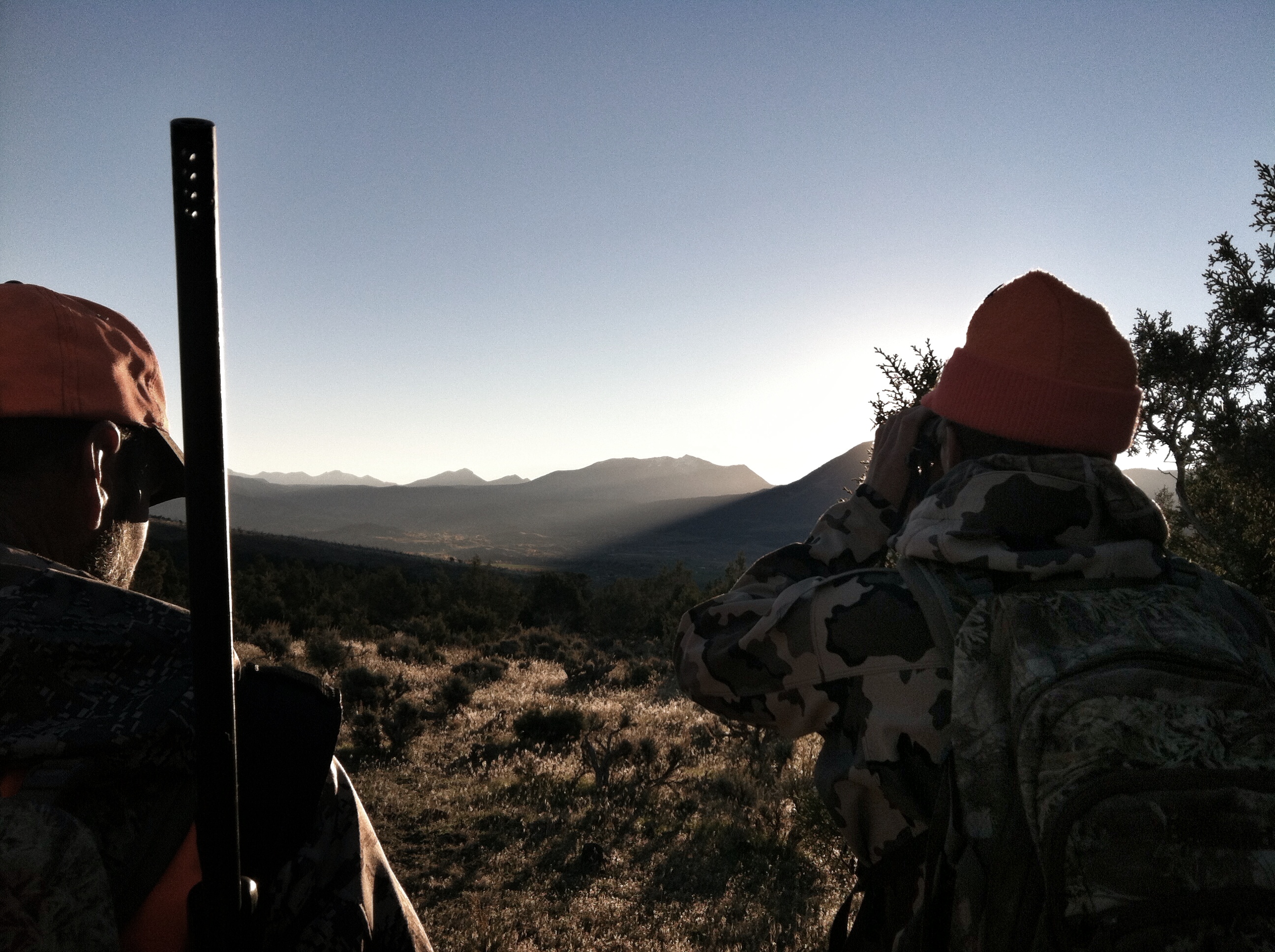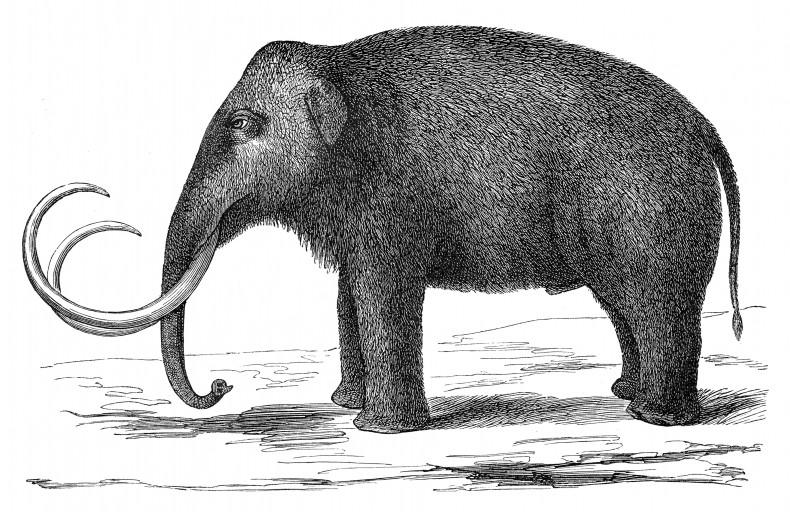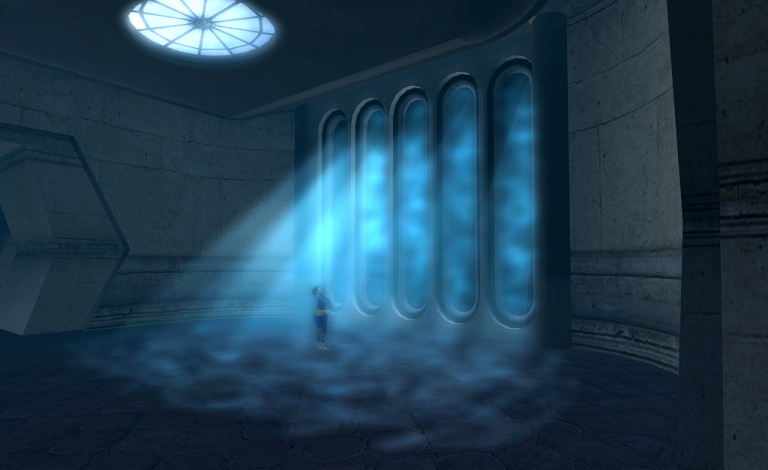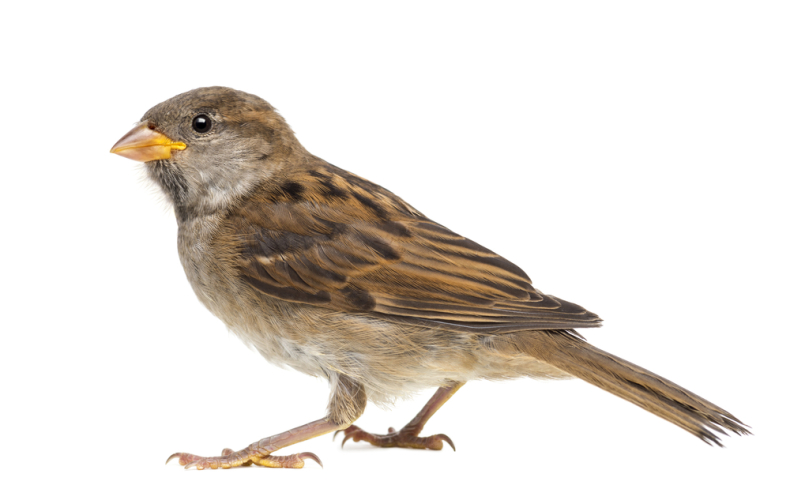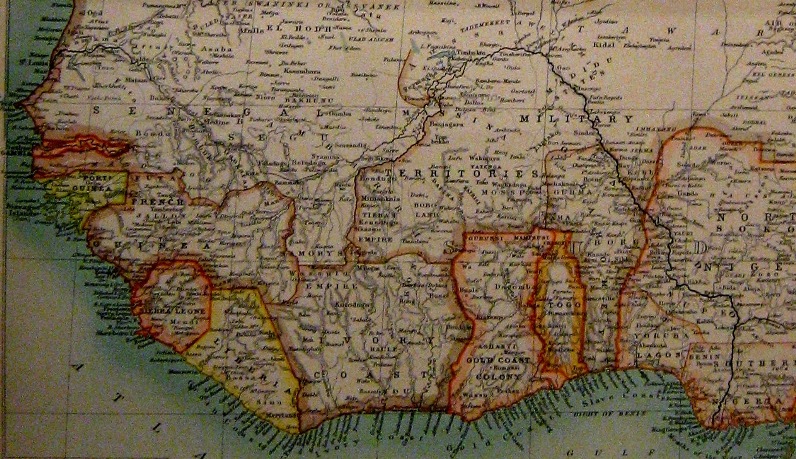A few years ago, I decided to take up hunting. This was kind of a big deal, because I’d spent the first decade-plus of my adult life as vegetarian. I became a big game hunter for the same reason I raise chickens — to know where my food comes from and ensure that it’s raised and harvested humanely. I figure if I’m not willing to kill it myself, I have no business eating it.
I quickly learned that hunting red meat is much harder than raising chickens. First of all, I had to acquire a hunter safety card, which required attending a one-day class on firearm safety and hunting regulations. The class included several videos demonstrating what not to do (like shooting from a vehicle or across a road), practice handling firearms and primers on hunting regulations. It ended with a written exam and a trip to the shooting range to fire a .22 rifle.
The next summer, I focused on learning to shoot. It took me multiple trips to the firing range before I felt comfortable handling the 30-06 rifle I’d chosen. And there was still the issue of actually using it to kill something. Continue reading
